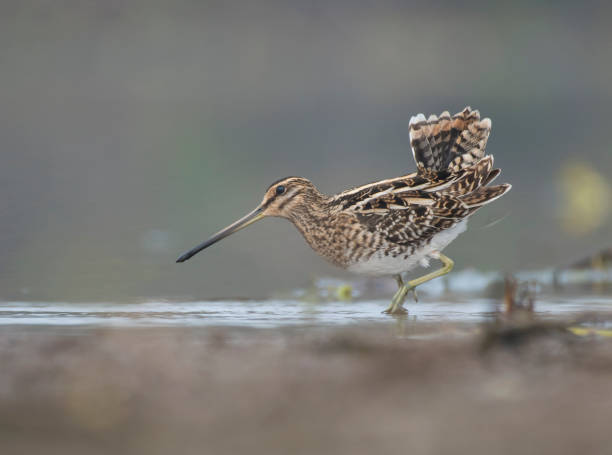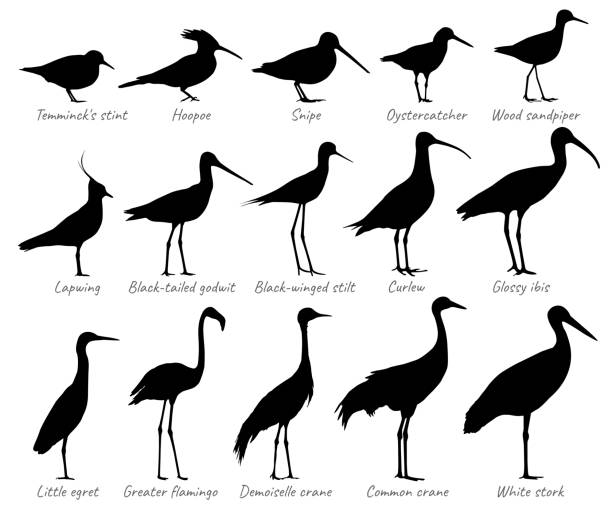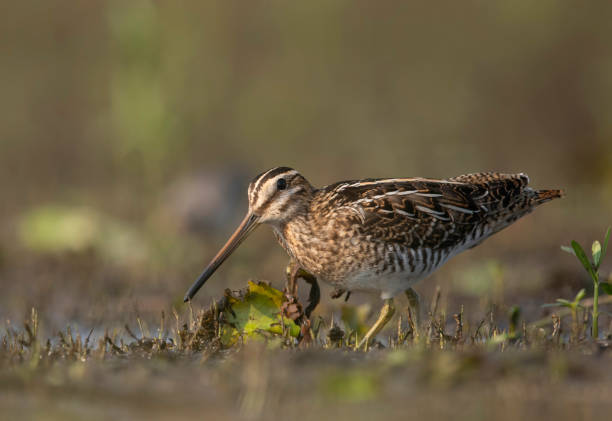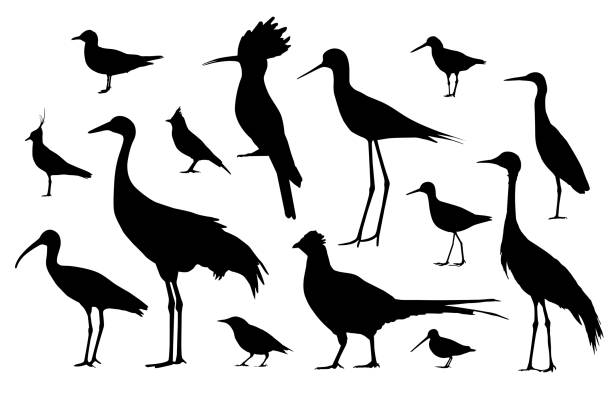
Common Snipe Pictures, Images and Stock Photos
Browse 1,400+ common snipe stock photos and images available, or start a new search to explore more stock photos and images.

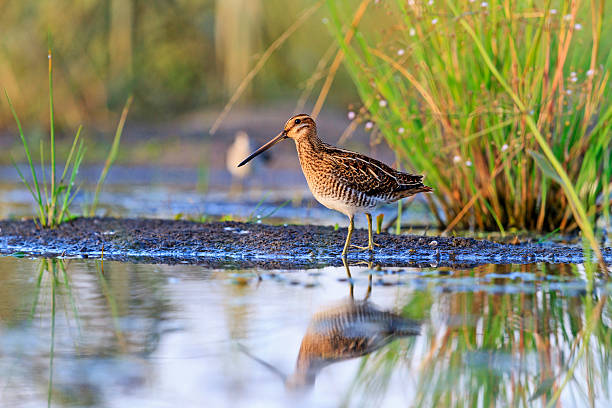
snipe at the edge of the swamp, hunting season, hunting bird rare frame
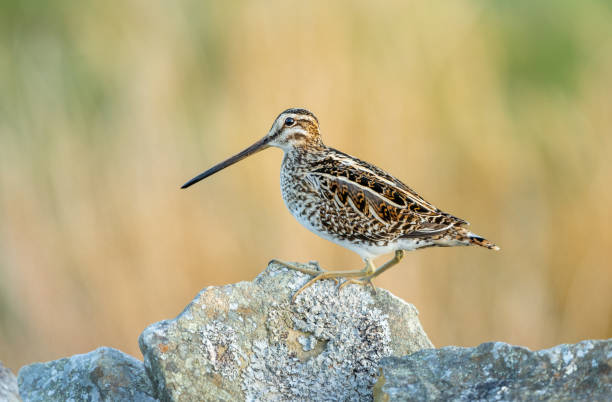
Close up of a snipe at sunrise. Scientific name: Gallinago gallinago. Perched on lichen covered drystone walling, facing left. Yorkshire Dales, UK. Clean background with copy space.
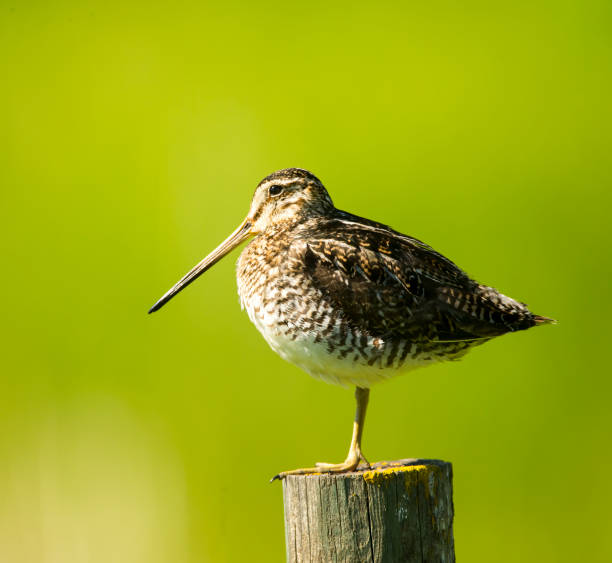
A Wilson's snipe perched on a post. Taken in Alberta, Canada
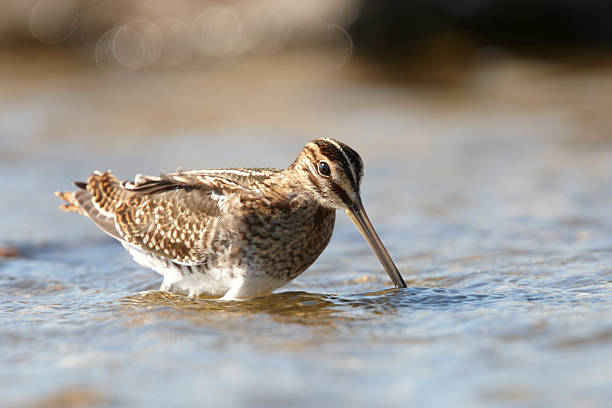
The Common Snipe or Fantail Snipe is a small, stocky shorebird.

Wilson's snipe, gallinago delicata, in springtime.
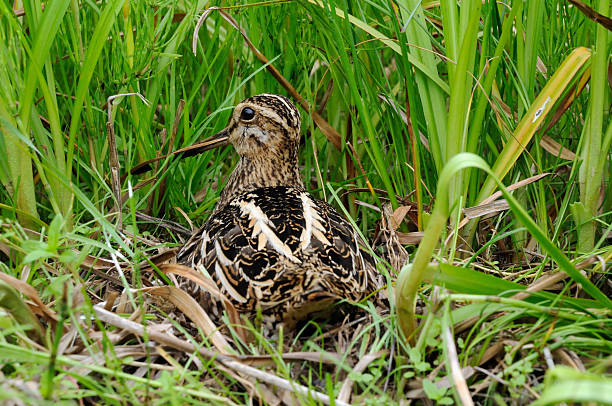
Snipe (Gallinago gallinago) in the nest. Remote camera control used. Moscow region, Russia
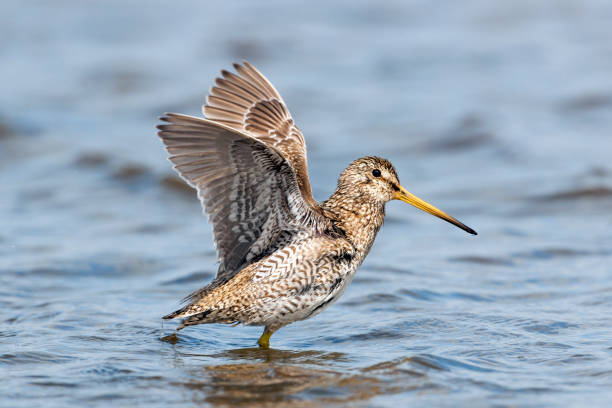
The South American or Magellan Snipe (Gallinago paraguaiae) is a small, stocky shorebird with a complex taxonomic status. As it currently is placed, it breeds in most of South America and the Falkland Islands. It may be conspecific with the widespread Common Snipe (G. gallinago), which is widespread throughout Europe and Asia. The very similar Wilson’s Snipe (G. delicata) of North America is now considered a separate species. In any case, the subspecies in southern Chile, Argentina, and the Falkland Islands breeds in wet grassy and boggy areas. It uses its long bill to probe in mud for earthworms and insects.
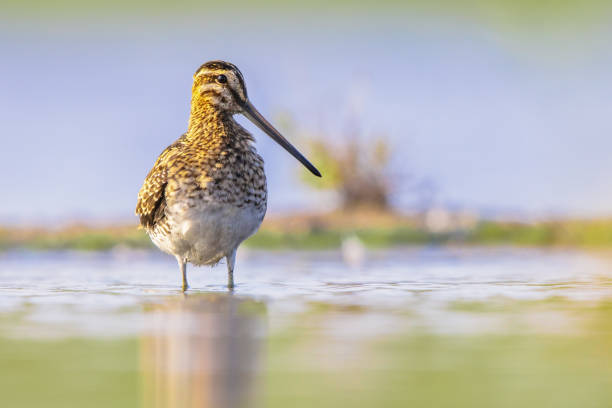
Common snipe (Gallinago gallinago) is a small, stocky wader bird native to the Old World. Breeding habitats are marshes, bogs, tundra and wet meadows throughout the Palearctic. Wildlife scene of nature in Europe.
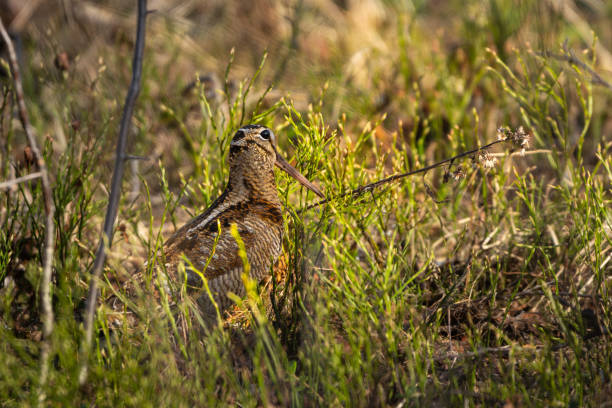
Common snipe in woodlands in sunlight, high detail, eye level and eye focus

Common Snipe (Gallinago gallinago) is a small, stocky Wader native to the Old World. Bird Wading in shallow Water of Wetland during migration. Wildlife Scene in Nature of Europe.

Snipe (Gallinago gallinago) looking for food
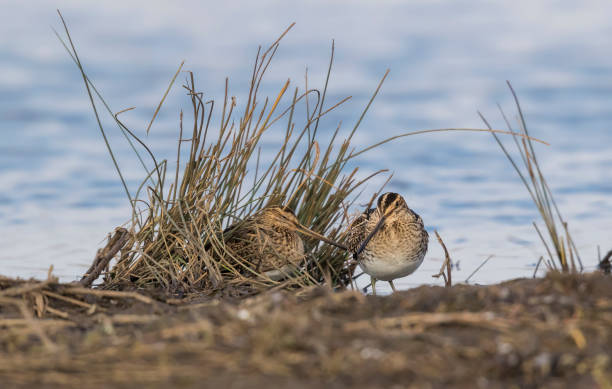
Pair of nest snipe on a small island.
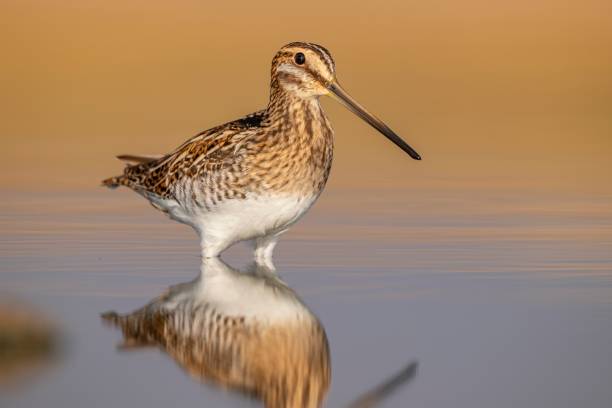
Common Snipe (Gallinago gallinago) is a bird that lives in wetlands and feeds on aquatic invertebrates. It is a common species in Turkey.
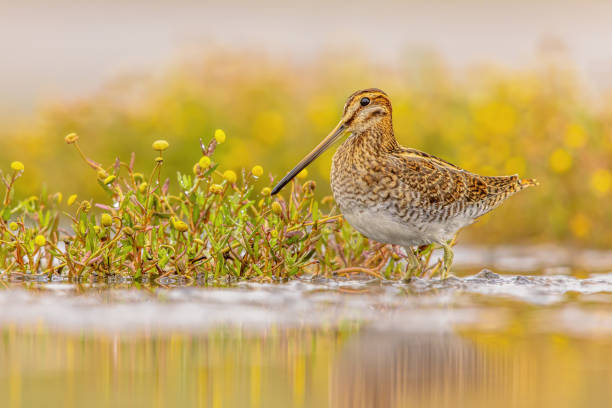
Common snipe (Gallinago gallinago) is a small, stocky wader bird native to the Old World. Breeding habitats are marshes, bogs, tundra and wet meadows throughout the Palearctic. Wildlife scene of nature in Europe.

20 august 2024, Yutz, Thionville Portes de France, Moselle, Lorraine, Grand Est, France. It's summer. On the bank of a pond, close-up of a Common Snipe that has stopped in front of the camera lens. The small wader is in profile, standing straight on its long legs. Its plumage, lighter on the underside, is mainly composed of brown and black shades with fine patterns, and partly striped. This is perhaps the most complex plumage pattern of our birds. And it is the snipe that has the longest beak, in proportion to its body.

Common snipe bird (Gallinago gallinago) in natural habitat searching food in wetland mud.

Common snipe, Gallinago gallinago, single bird in water bathing, Warwickshire, March 2013
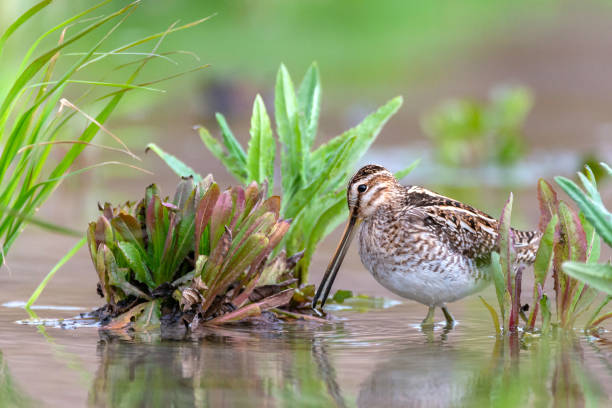
Common Snipe - Gallinago gallinago wader feeding in the water.
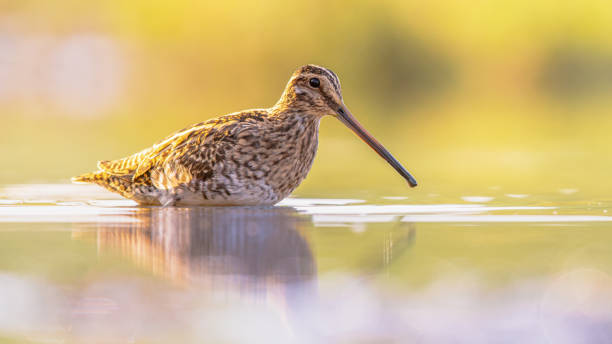
Common snipe (Gallinago gallinago) is a small, stocky wader bird native to the Old World. Breeding habitats are marshes, bogs, tundra and wet meadows throughout the Palearctic. Wildlife scene of nature in Europe.

Common snipe (Gallinago gallinago) wader bird guarding for territory in wetland breeding habitat. Wildlife scene in nature. Netherlands.
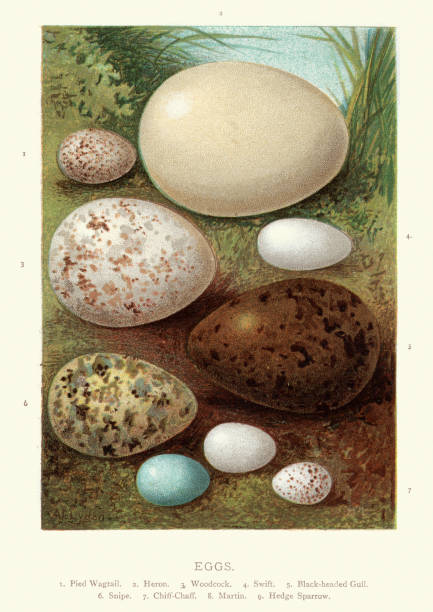
Vintage engraving of a Birds eggs, Pied Wagtail, Heron, Woodcock, Swift, Black headed Gull, Snipe Chiff-chaff, Martin, Hedge Sparrow
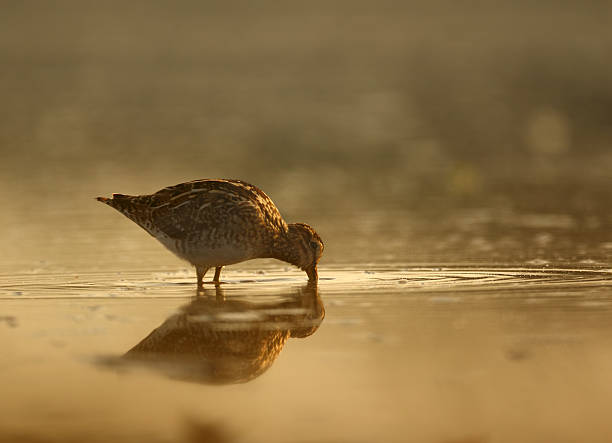
Common Snipe (Gallinago gallinago) at sunrise feeding
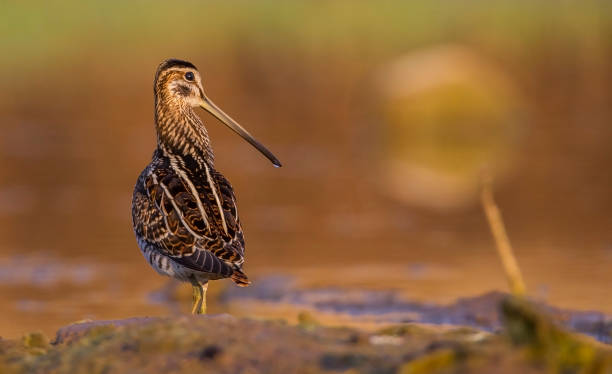
Common snipe (Gallinago gallinago) is a wetlands bird. It'sfeed on the wetland.
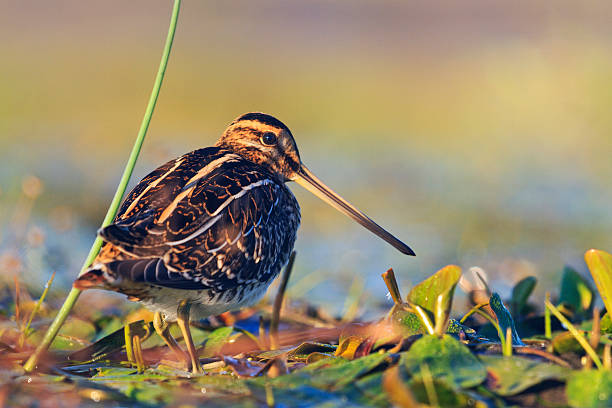
snipe basking in the morning sun,snipe, sandpipers, bird hunting, bird hunt is on, waterbirds, long beak

Wilson's snipe, gallinago delicata, in springtime.
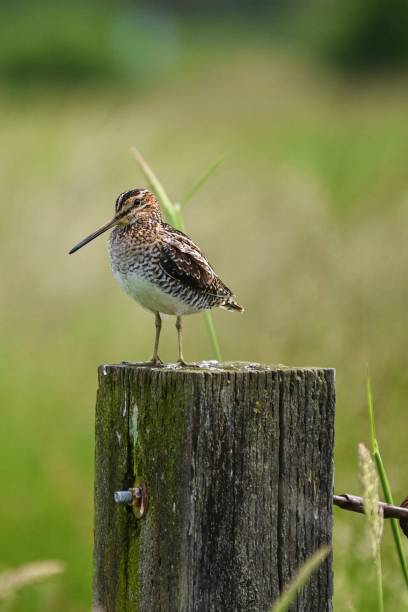
Bird at the ridgefield wildlife refuge

hunting bird, beautiful snipe bird at sunrise, summer morning
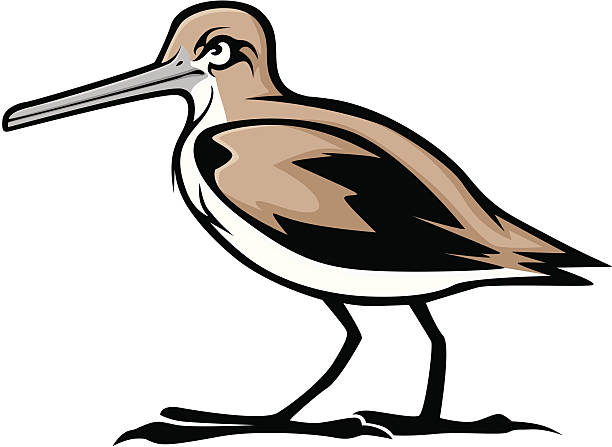
A vector cartoon illustration of a common sniper bird in mascot, logo, tattoo, or icon drawing style

Common snipe in flight with vegetation and water in the background
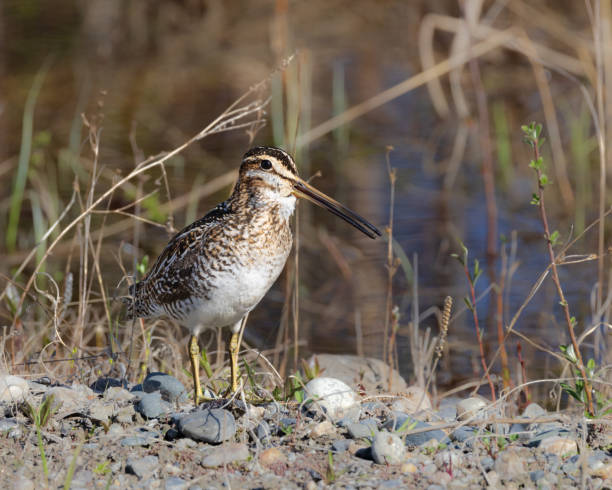
Wilson's snipe is a small, stocky shorebird. The genus name gallinago is New Latin for a woodcock or snipe from Latin gallina, "hen" and the suffix -ago, "resembling". The specific delicata is Latin for "dainty".
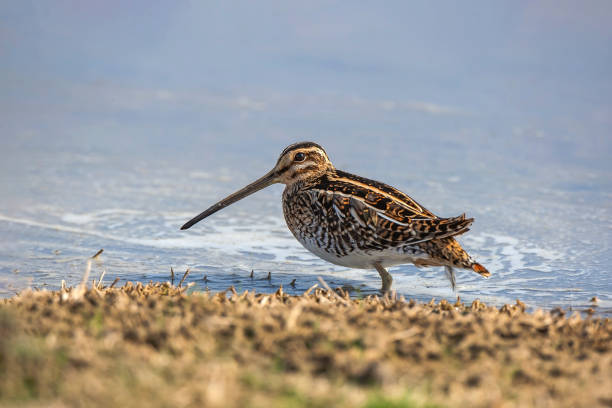
Common Snipe (Gallinago gallinago) feeding on the seashore
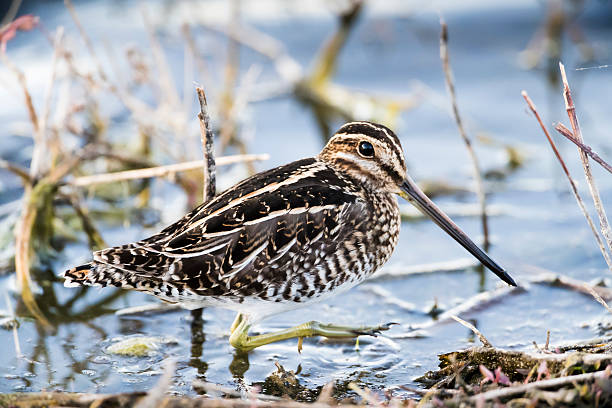
A Wilson’s Snipe (Gallinago delicata)on the shore of a pond at the San Jacinto Wildlife Refuge in Southern California. Snipes are small to medium-sized sandpipers clad in cryptic plumage that live in bogs, marshes, and grassy areas. The Wilson’s snipe ranges throughout North America, breeding from the northern United States through northern Alaska and Canada and wintering from the mid United States south to northern South America.
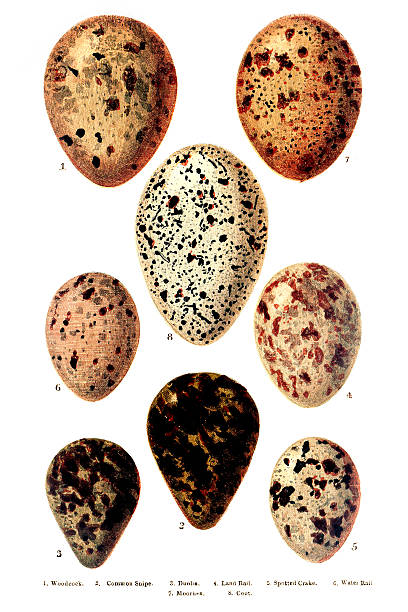
1. Woodcock2. Common Snipe3. Dunlin4. Land Rail5. Spotted Crake6. Water Rail7. Moorhen8. CootVictorian Hand Coloured Engravings from 1877
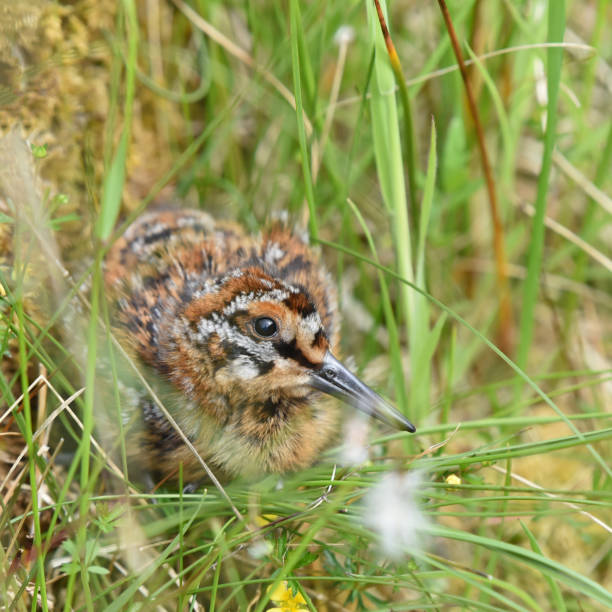
Common snipe nest in a well-hidden location on the ground, laying four eggs of a dark olive colour, blotched and spotted with rich brown, which are incubated by the female for 18–21 days. The freshly hatched young are covered in dark maroon down, variegated with black, white and buff. The young are cared for by both parents, each parent looking after half the brood

snipe masked among peat shore birds mimicry, protective color
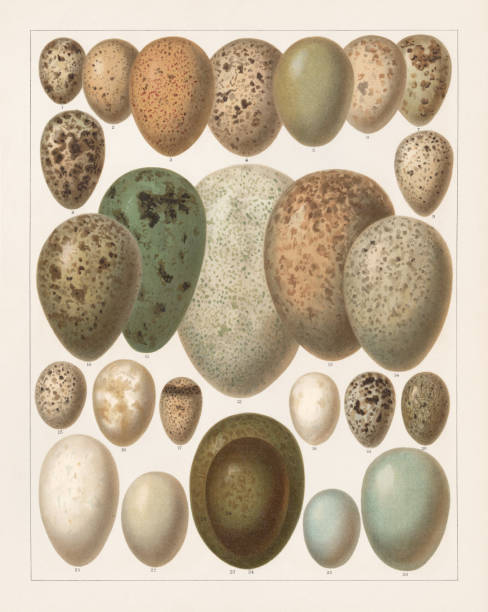
Eggs of European birds: 1) Quail (Coturnix coturnix); 2) Black grouse (Tetrao tetrix); 3) Capercaillie (Tetrao urogallus); 4) Oystercatcher (Haematopus ostralegus); 5) Bittern (Botaurus stellaris); 6) Woodcock (Scolopax rusticola); 7) Snipe (Gallinago gallinago); 8) Lapwing (Vanellus vanellus); 9) Wood sandpiper (Totanus glareola); 10) Curlew (Numenius arquatus); 11) Thick-billed murre (Uria lomvia), 12) Mute swan (Cygnus olor); 13) Crane (Grus grus); 14) Herring gull (Larus argentatus); 15) Little tern (Sternula albifrons); 16) Horned grebe (Podiceps auritus); 17) Little stint (Calidris minuta); 18) Didapper (Colymbus nigricans), 19) Dunlin (Calidris alpina); 20) Kentish plover (Charadrius alexandrinus); 21) Cormorant (Phalacrocorax carbo); 22) Teal (Anas crecca); 23) Great bustard (Otis tarda); 24) Little bustard (Otis tetrax); 25) Squacco heron (Ardea ralloides); 26) Grey heron (Ardea cinerea). Lithograph, published in 1897.
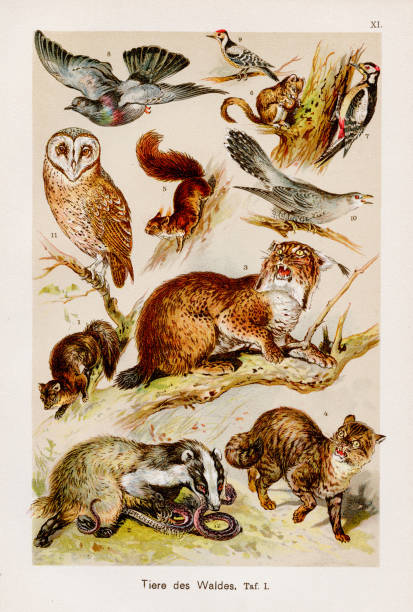
F. Martin's Natural History. Large edition. Revised by M. Kohler, 1899
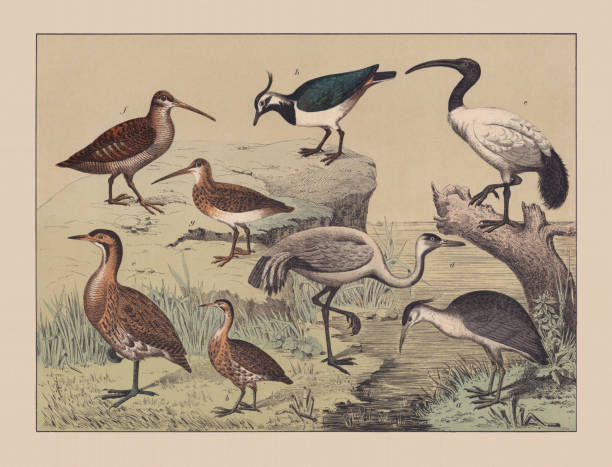
Wading birds (Ciconiiformes): a) Black-crowned night heron (Nycticorax nycticorax); b) Little bittern (Ixobrychus minutus); c) Eurasian bittern (Botaurus stellaris); d) Common crane (Grus grus); e) African sacred ibis (Threskiornis aethiopicus); f) Eurasian woodcock (Scolopax rusticola); g) Common snipe (Gallinago gallinago); h) Northern lapwing (Vanellus vanellus). Hand-colored chromolithograph, published in 1882.


